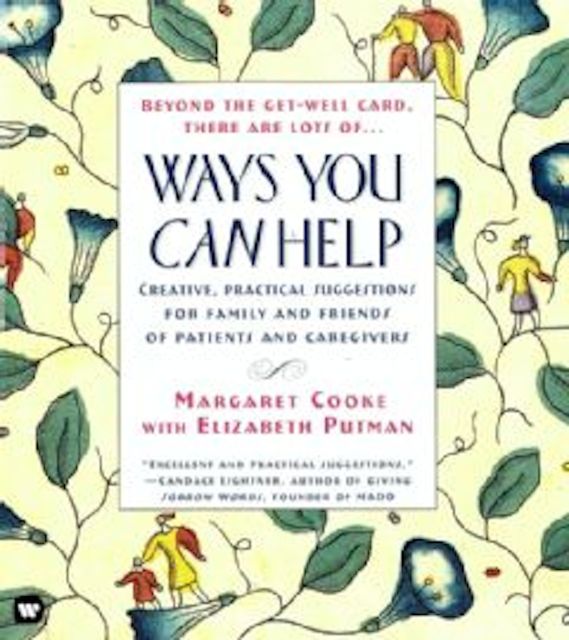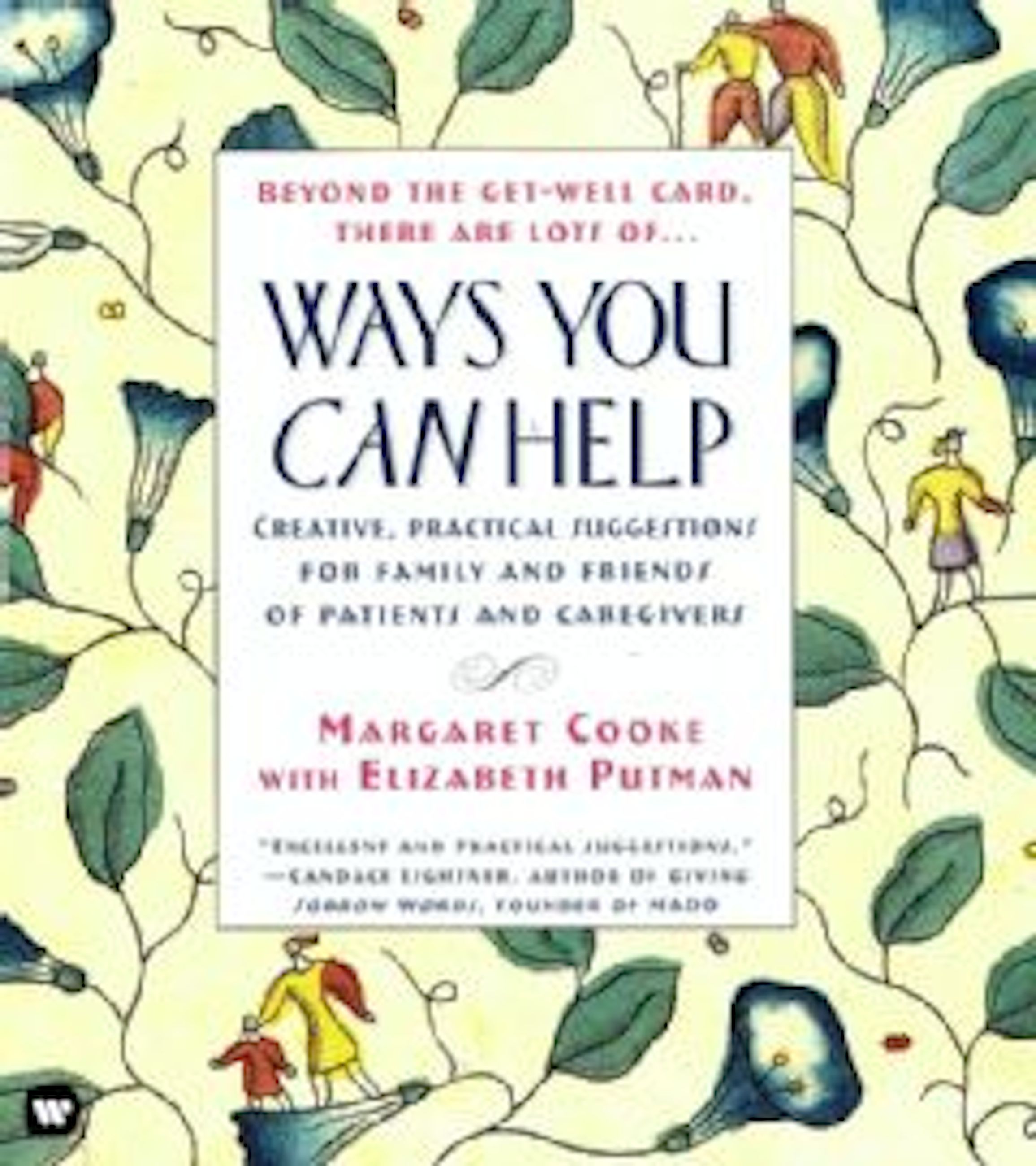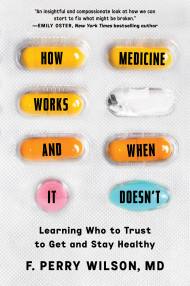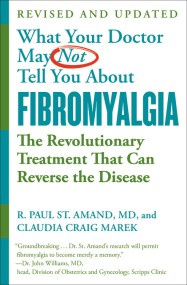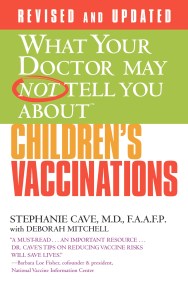Promotion
Use code MOM24 for 20% off site wide + free shipping over $45
Ways You Can Help
Creative, Practical Suggestions for Family and Friends of Patient Care
Contributors
By Margaret Cooke
Formats and Prices
Price
$8.99Price
$11.99 CADFormat
Format:
ebook (Digital original) $8.99 $11.99 CADThis item is a preorder. Your payment method will be charged immediately, and the product is expected to ship on or around October 31, 2009. This date is subject to change due to shipping delays beyond our control.
Also available from:
Genre:
- On Sale
- Oct 31, 2009
- Page Count
- 128 pages
- Publisher
- Grand Central Publishing
- ISBN-13
- 9780446568708
Newsletter Signup
By clicking ‘Sign Up,’ I acknowledge that I have read and agree to Hachette Book Group’s Privacy Policy and Terms of Use
